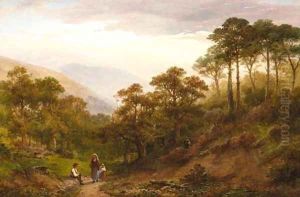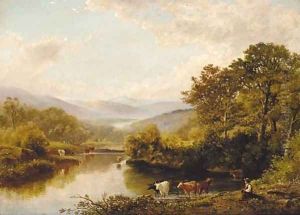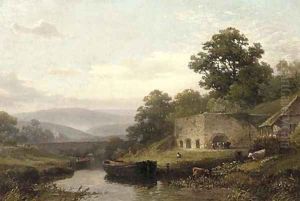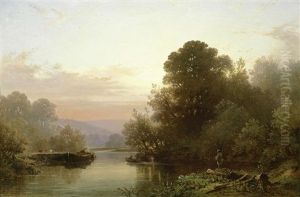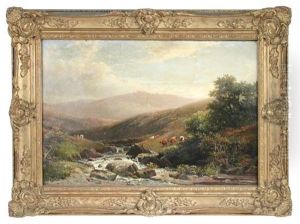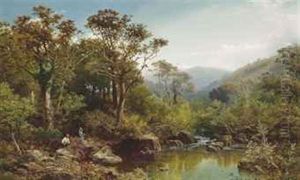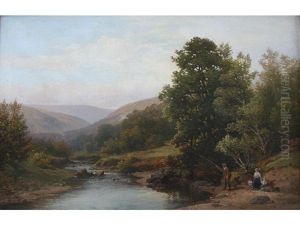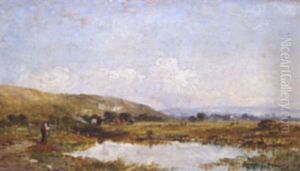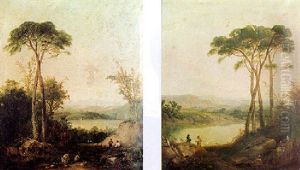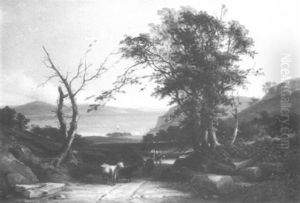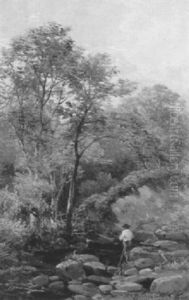William Williams Of Plymouth Paintings
William Williams of Plymouth, born in 1727 and passing in 1791, was a notable British painter whose life and works offer a glimpse into the 18th-century art world in Britain. Despite not being as widely recognized as some of his contemporaries, Williams made significant contributions to the art scene of his time, particularly through his landscapes and depictions of the natural world. His work provides valuable insights into the aesthetic sensibilities and environmental consciousness of his era.
Williams' artistic journey was deeply influenced by the cultural and social milieu of 18th-century Britain. This period was marked by a growing interest in landscape art, fueled by the Romantic movement and an increasing public fascination with nature and the countryside. Williams' paintings, often characterized by their detailed realism and vibrant portrayal of natural landscapes, reflect this societal trend. He was adept at capturing the serene beauty of the English countryside, and his works often served as a visual escape for viewers living in the rapidly industrializing society of the time.
Apart from his landscape paintings, Williams also explored other genres, including portraiture and historical scenes, though these areas of his work are less documented and studied. His approach to landscape painting, which combined a keen observation of nature with a subtle use of light and color, distinguished his work from that of his peers and has led to a renewed interest in his contributions to British art history.
Williams' legacy is preserved through his surviving works, which continue to be studied and appreciated for their artistic merit and historical significance. While the details of his life are not as well-documented as those of some other artists of his time, the quality and beauty of his paintings stand as a testament to his skill and vision. Through his art, William Williams of Plymouth offers a window into the natural world of the 18th century and the evolving landscape of British art.
